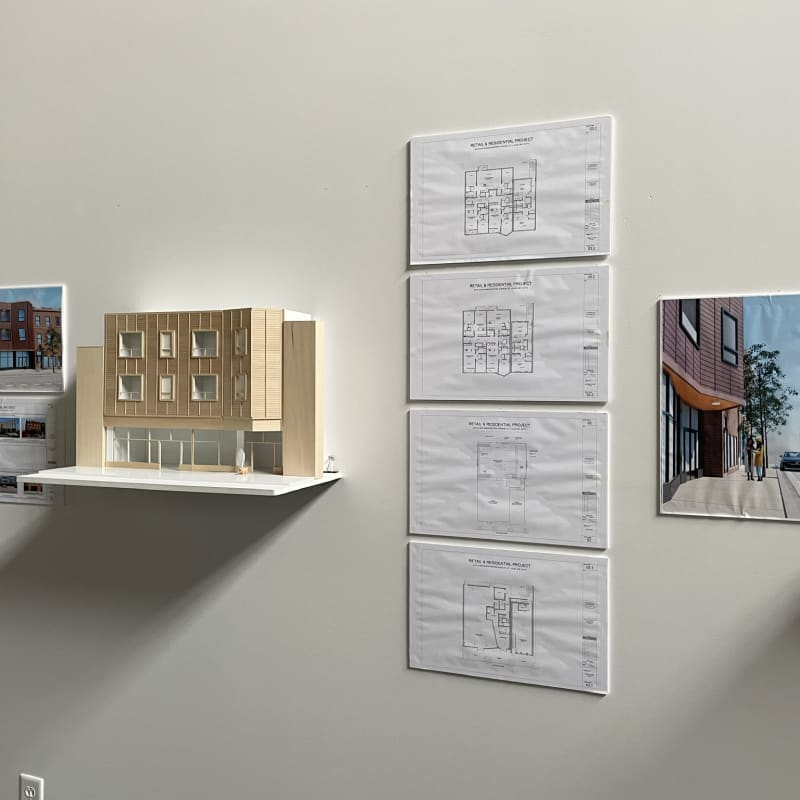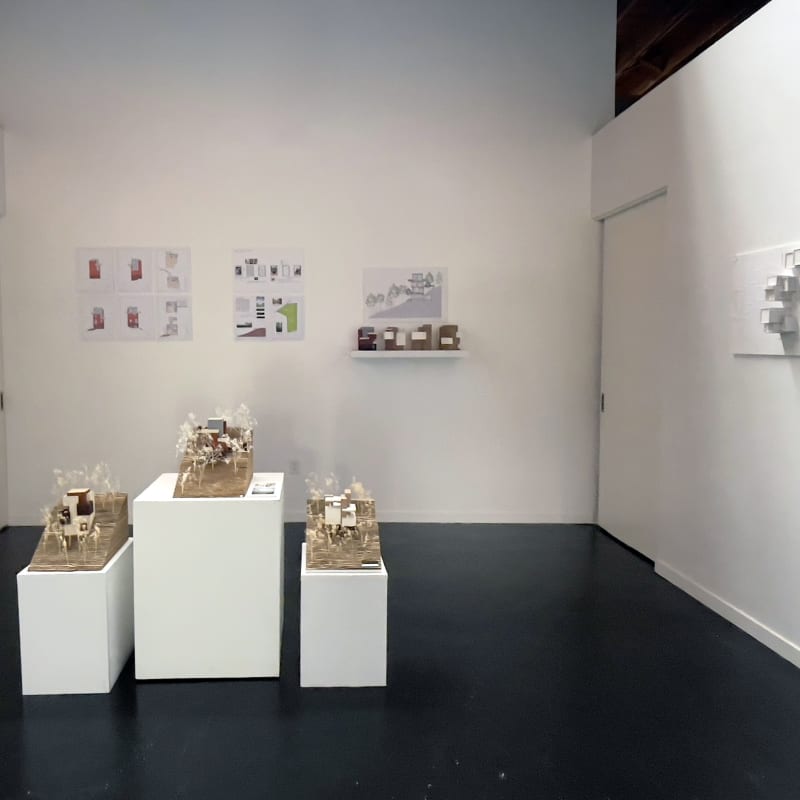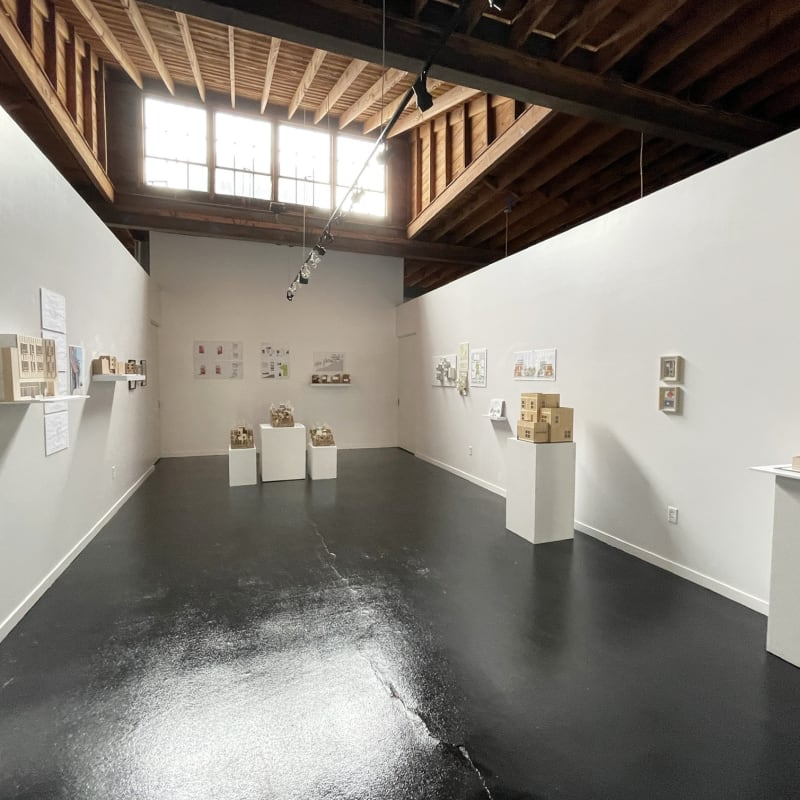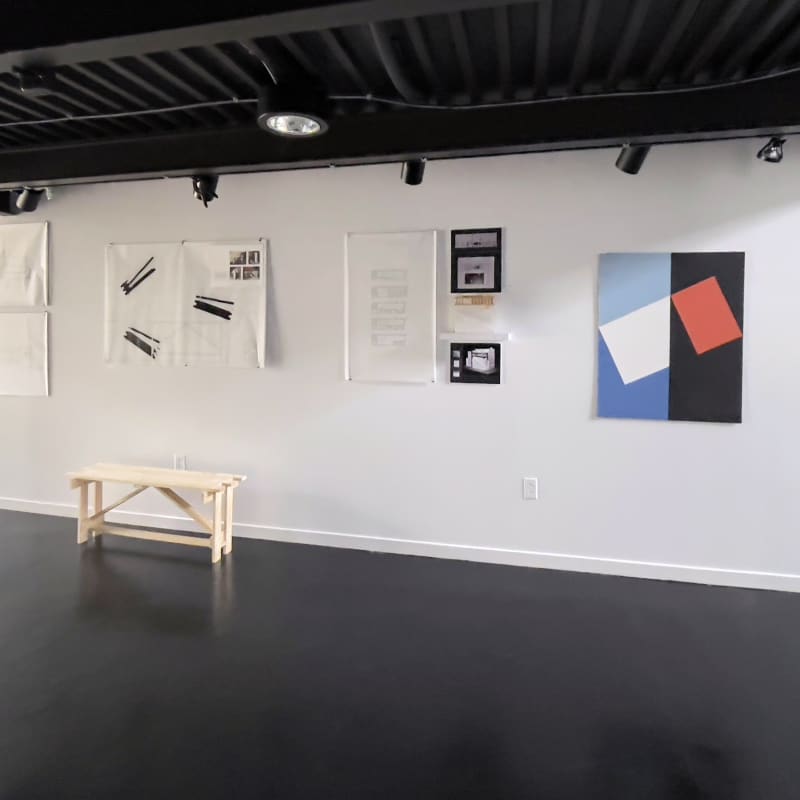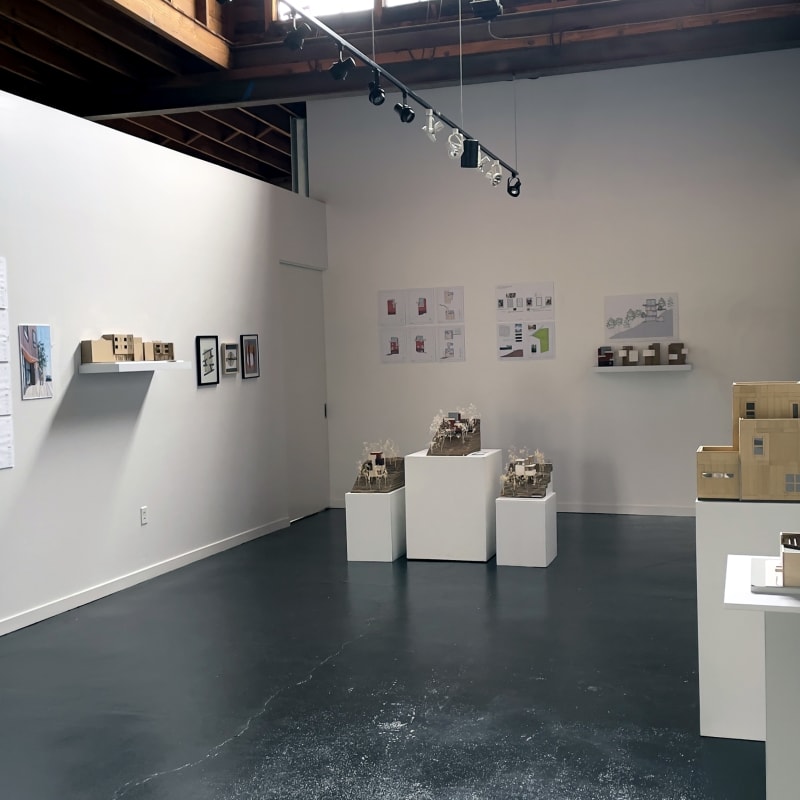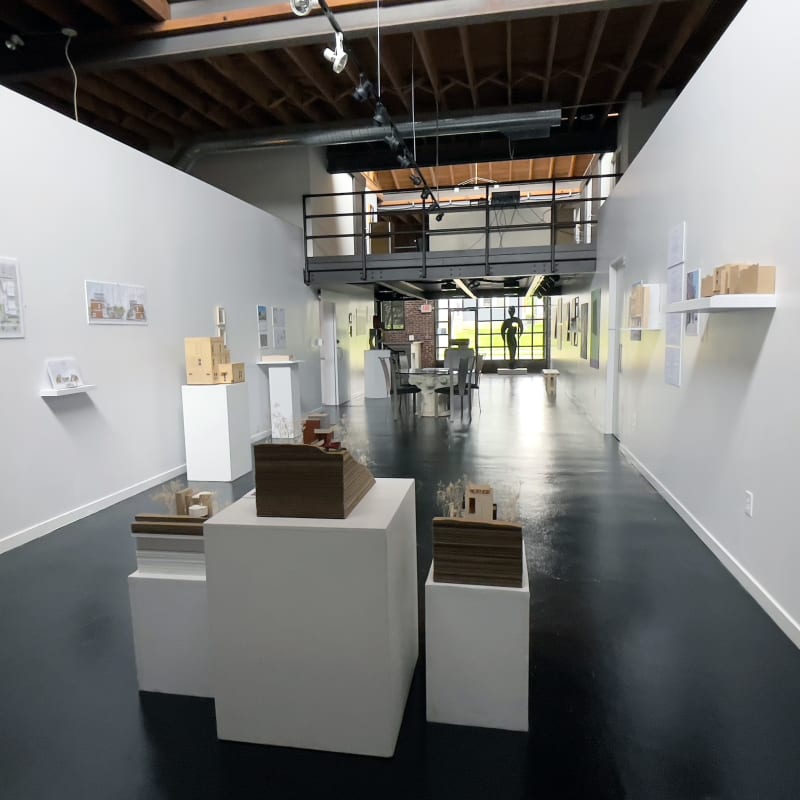Embark on a journey through creativity and design with the Columbia Foundation for Visual Art's latest exhibition, "Adventure into Life, Art, and Architecture," featuring the works of Scott Siekert. On view at the ARCHIVE Gallery, located at 2731 Hickory Street in the heart of St. Louis, Missouri, this exhibition invites you to explore a fusion of artistic expression and architectural genius. Visitors are welcome to immerse themselves in this inspiring exhibit by scheduling a private viewing or attending the open public hours held on the first and third Sundays of each month (Starting June 2024), from noon until 4 pm.
UNFOLDING THE MEANING OF ARCHITECTURE
(Ideas ordered by Scott Siekert)
THE ARCHITECTS TASK: TO FRAME AND SYMBOLIZE THE CONTENT OF LIFE
“Life situations such as birth, death, love, healing – or on a different level, public encounters, friendship, learning, discussion, and so on – are what have constituted culture since its conception. They are based in a profoundly human mythology that is pregnant with forgotten and latent meanings. Landscapes and Buildings have traditionally formed the settings for these life situations, framing and symbolizing their content.” (Dalibor Vesely) Situations are always embodied and presented as experiences, within space and time, as well as, in tradition. They can be as equally about resurgence or renewal as they are about invention.
INTERPRETATION
The world is not omniscient, as modern technology might have us believe. Luminous and opaque, the lifeworld does not fit neatly into any one viewpoint. In an indeterminate, poetic world resistant to full capture, the disclosure of one aspect necessarily conceals another. Within any understanding there is simultaneously light and shadow, giving and withdrawing.
Interpretation is always situated within a particular context and must respond flexibly to the specific circumstances within which the interpreter operates. In contrast, much of today’s theory is derived from a scientific approach – this tends to produce an ideal from a hypothetical or artificial arrangement. The very idea of “situations” means we do not stand outside them, but rather that we inhabit them. We “dwell” in “situations”.
Therefore, “truths” are only relative concepts, subject to shift, change and interpretation. Unable to trust certainty, a situational and interpretive approach to theory and practice eludes singular understandings and remains ever open to the world.
DIRECT EXPERIENCE
Primary knowledge comes from direst experience. We live in a corporeal and phenomenal world, amongst real things, in specific places, and it is only through the perception of this primary realm – rocks, rivers, solar cycles, seasonal change, human encounters, and so on – that different cultures have understood their world and found meaning.
By extension, things and places can be properly understood only through nearness and intimacy, through bodily participation. A theory and practice that simultaneously emerges from and engages in this realm of perception is therefore qualitatively different from the application of a priori conceptual orders, which are analogous to mathematical logic or rational planning and always precede action.
NATURE
Gadamer describes tradition as a “happening”, a continual unfolding of human endeavor, which might best be understood as humankind’s equivalent to nature.
With this stated, nature is both a physical entity and a cultural schema. A conceptual filter through which our relationships to wilderness and nature can be understood.
Nature is distinguished from wilderness in that it has been modified by humans. Nature becomes a text that is open to interpretation and transformation.
HISTORY
“Tradition” does not refer to some vague recollection of the past, frozen and inaccessible, but refers instead to the creative and processual power of which we are an integral part.
Tradition is therefore a dynamic artifact, a result of human work and the accumulation of ideas. With the phenomenon of tradition so defined, it becomes possible to imagine an approach toward theory that critically engages the archaeology of the previous accomplishments while also projecting towards the future.
The engaging of tradition is therefore a reconciliatory practice, equally able to distance itself from the enlightenment myth of progress on one side, and from regressive conservative impulses on the other.
MAKING
It is through the physical undertaking of perception-based work – imaginary drawings, models, artifacts, and the actual building of landscapes & buildings – that the architect can best access the visual and experiential richness of architectural expression.
Only through the temporal and phenomenal processes of doing and making can evolution occur. Indeed, the quest becomes a risky personal task involving self-discovery and self-possession – a personal task because the primary source of creativity is grounded in the tactile experience of making, crucial for any significant ideation. Thus, one works toward an architecture of embodied thought – with the human hand as it’s tool.
The Columbia Foundation for Visual Art is dedicated to the work and values of Leslie Laskey and Frank Schwaiger and their students.












